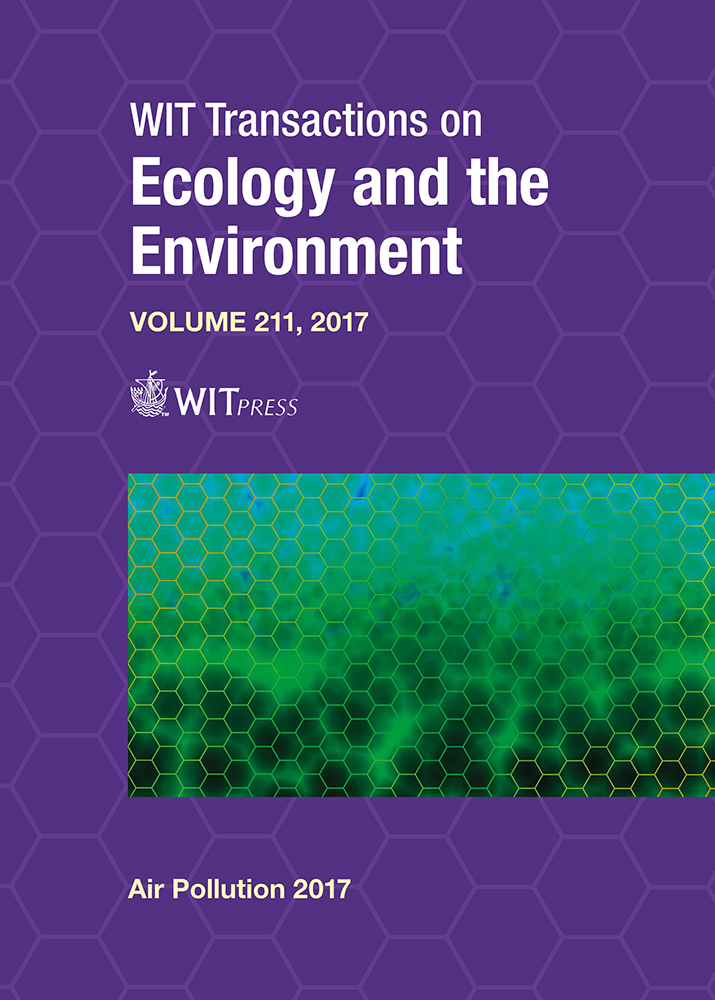HOUSEHOLD ENERGY USE AND EMISSION
Price
Free (open access)
Transaction
Volume
211
Pages
10
Page Range
161 - 170
Published
2017
Size
1,713 kb
Paper DOI
10.2495/AIR170161
Copyright
WIT Press
Author(s)
MOMADE IBRAIMO, JAMES ROBINSON, HAROLD J. ANNEGARN
Abstract
Technological solutions for energy-efficient domestic use cannot be imposed without considering social and customary conditions, such as traditional practices of energy use in target communities. In order to establish an empirical baseline of rural energy use in an essentially subsistence village in northern Mozambique, we conducted a household survey to understanding what the cultural needs are, as well as an Uncontrolled Cooking Test (UCT) and aerosol measurements to evaluate the performance of cooking systems in use. The survey considered 146 scattered households, of which 92% are using firewood as their first choice for cooking, using a 3-stone fireplace, without extinguishing the fire or reusing char after completion of cooking tasks. The UCT results show that each household, average size 4.3 people, consumes 204 MJ of fuelwood energy per day when cooking for 4 to 6 hours, divided into morning, midday and evening sessions. During cooking practices within indoor kitchens, women and children are exposed on average to 9800 μg/m3 per hour of wood-burning particulate matter. By using the methods stated above it is possible to establish a baseline of rural energy use and cooking system performance. Smoke from wood-burning 3-stone fireplaces is shown to be well above acceptable health standards. However, the dense smoke plays an important role in food conservation. Any proposed energy intervention should address the underlying cultural imperatives, the fuel options available and the preferred technologies.
Keywords
fuelwood, rural energy, indoor pollution, stove emissions, improved stoves, particulate matter





